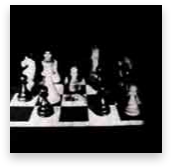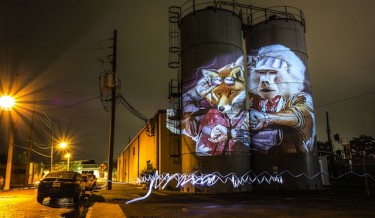Related post
Why Holograms Will Probably Never Be as Cool as They Were in “Star Wars”
Jul 31, 2018
|
Comments Off on Why Holograms Will Probably Never Be as Cool as They Were in “Star Wars”
1587
Hybrid Human-Animals Become Digital Street Art in Orlando
Feb 05, 2016
|
Comments Off on Hybrid Human-Animals Become Digital Street Art in Orlando
2460
An Interactive Pond of Computer-Generated Koi Fish Designed by teamLab
Mar 31, 2017
|
Comments Off on An Interactive Pond of Computer-Generated Koi Fish Designed by teamLab
3571





